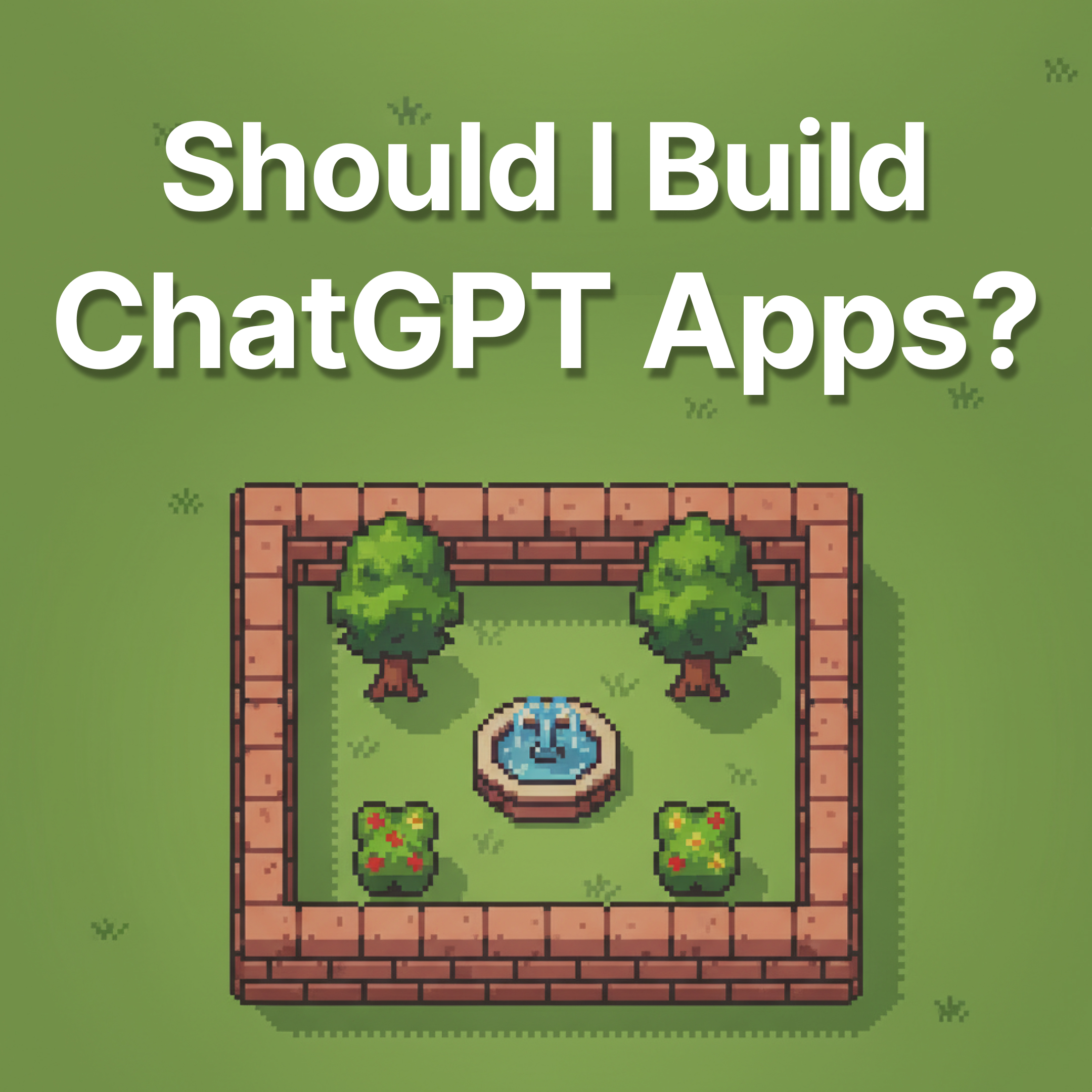Understanding OpenAI's new Apps announcement

OpenAI’s new Apps SDK is being pitched as a new “App Store moment”, but it’s actually closer to SEO inside a walled garden than a true platform play for independent developers.
Let’s unpack this.
The ownership problem
Ownership is the essence of product defensibility. And in OpenAI’s ecosystem, you don’t own:
- Intent: ChatGPT mediates discovery via model routing.
- UI: Strictly constrained widgets and cards, framed by ChatGPT’s UX.
- User relationship: By default, you don’t get identifiers, emails, or retention hooks.
- Re-engagement: There’s no home screen, just an empty text box.
OpenAI will add in-app payments and revenue sharing, which is convenient.
But payments will only fix monetization friction, not the ownership problem.
You’re still just a content provider in ChatGPT’s garden, not a first-party product.
More like a Spotify artist or an Amazon marketplace seller, not a web/mobile developer with your own users.
Who this is good for
- Brands with strong moats (Ecommerce, Marketplaces, Music, inventory-based businesses)
- Transactional APIs, although replaceable (weather, flights, translation, summarization)
- Large consumer brands
What bothers me the most
It’s a direct attack on the open web.
The Apps SDK doesn’t extend the open web, it subsumes it.
It’s anti-hyperlink.
For OpenAI, the ideal flow is when the experience begins and ends in ChatGPT.
It’s the walled garden of walled gardens.
So what should you do?
The 800 million weekly users are too good of a value proposition to ignore it.
Use it for reach, not reliance.
Build your real product outside, and treat ChatGPT as just another channel.